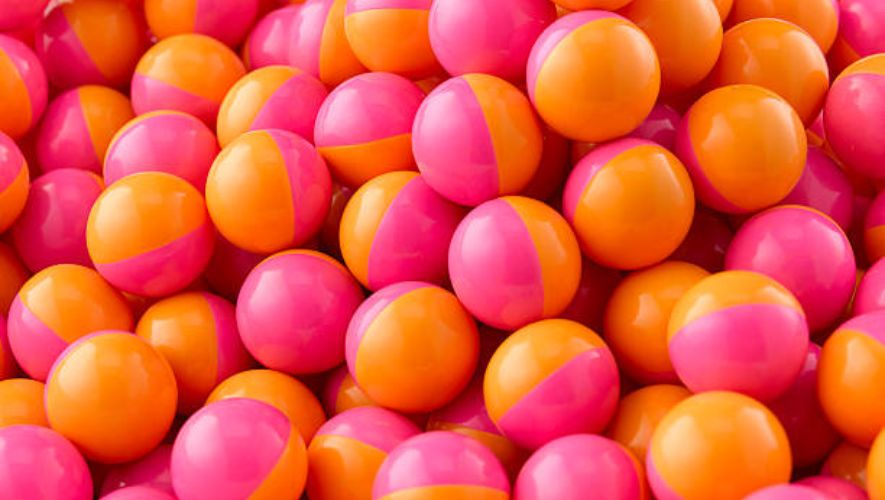Players throughout the world are enthralled with paintball, an exciting combination of strategy and excitement. The paintball itself is an essential component at its heart.
Below we are discussing the components, production methods, and environmental effects of these colorful spheres in our investigation.
Historical Background
The history of paintballs is intriguing and dates back to the 1960s. The necessity for a marking tool in forestry and agriculture gave rise to the idea of paintballing.

Paintballs were first employed by foresters to label trees for identification, and by farmers to mark livestock. The foundation for paintball as a recreational sport today was set by this creative use.
Evolution of Paintball Composition Over Time
Paintball’s initial paints were simple capsules filled with oil-based paint. These capsules lacked the intricate composition seen in modern paintballs and were mainly used for marking.
Paintball’s growing popularity as a sport led to an increase in demand for enhanced safety and performance.
Advances in fill, materials, and shell design have led to a more dependable and dynamic paintball composition throughout time.
Composition of Paintballs
Paintballs are made specifically for the paintball game using a water-soluble dye and a gelatin shell. Polyethylene is used in some to give structure.

However, the non-biodegradable components—polyethylene in particular—present environmental risks.
Investigating environmentally appropriate substitutes is essential to reducing the impact of this thrilling activity on the environment.
Outer Shell
The longevity and general performance of a paintball are significantly influenced by its outer shell. While paintball shells were originally made of gelatin, they can now also contain polystyrene or polyethylene.
The selection of materials affects things like resilience in storage and breakability upon impact. The outer shell is made to shatter on impact, identifying the target and guaranteeing an accurate and fair game.
Fill
The longevity and general performance of a paintball are significantly influenced by its outer shell. While paintball shells were originally made of gelatin, they can now also contain polystyrene or polyethylene.
The selection of materials affects things like resilience in storage and breakability upon impact. The outer shell is made to shatter on impact, identifying the target and guaranteeing an accurate and fair game.
Size and Shape
Paintballs are standardized to have a diameter of approximately.68 inches. Carefully controlled dimensions and forms guarantee performance uniformity amongst various brands and models.
The spherical form helps with trajectory and precision, giving players a steady and equitable game experience.
Conclusion
In conclusion, knowledge of paintball composition helps to clarify the nuances of this well-liked pastime.
Important elements that emphasize the necessity for responsible use are the carefully balanced materials, the impact on accuracy, and the environmental factors.
In summary, gamers ought to consider the effects on the environment and choose environmentally responsible options.
Protective equipment and other safety measures are essential for a positive experience. Eliminating misunderstandings with empirical data enables participants to make knowledgeable choices.
